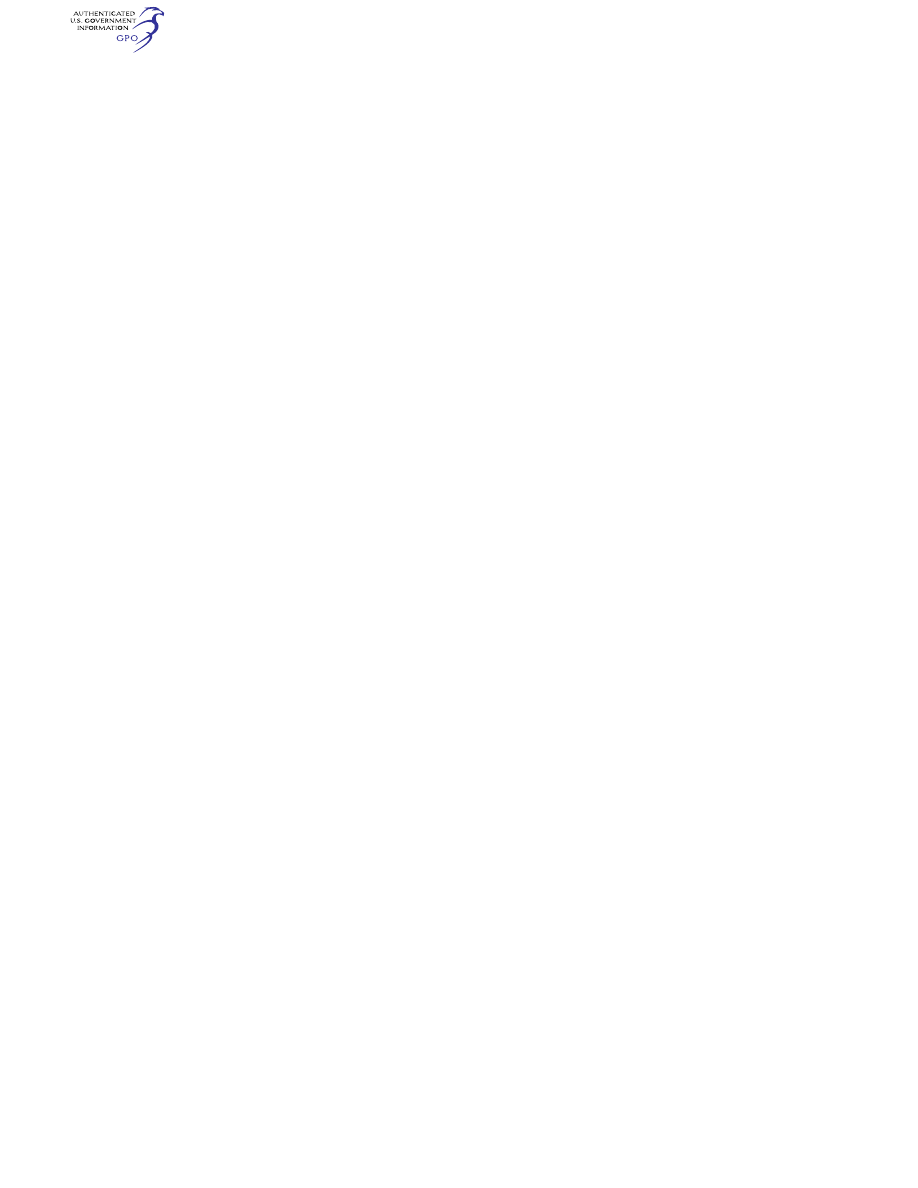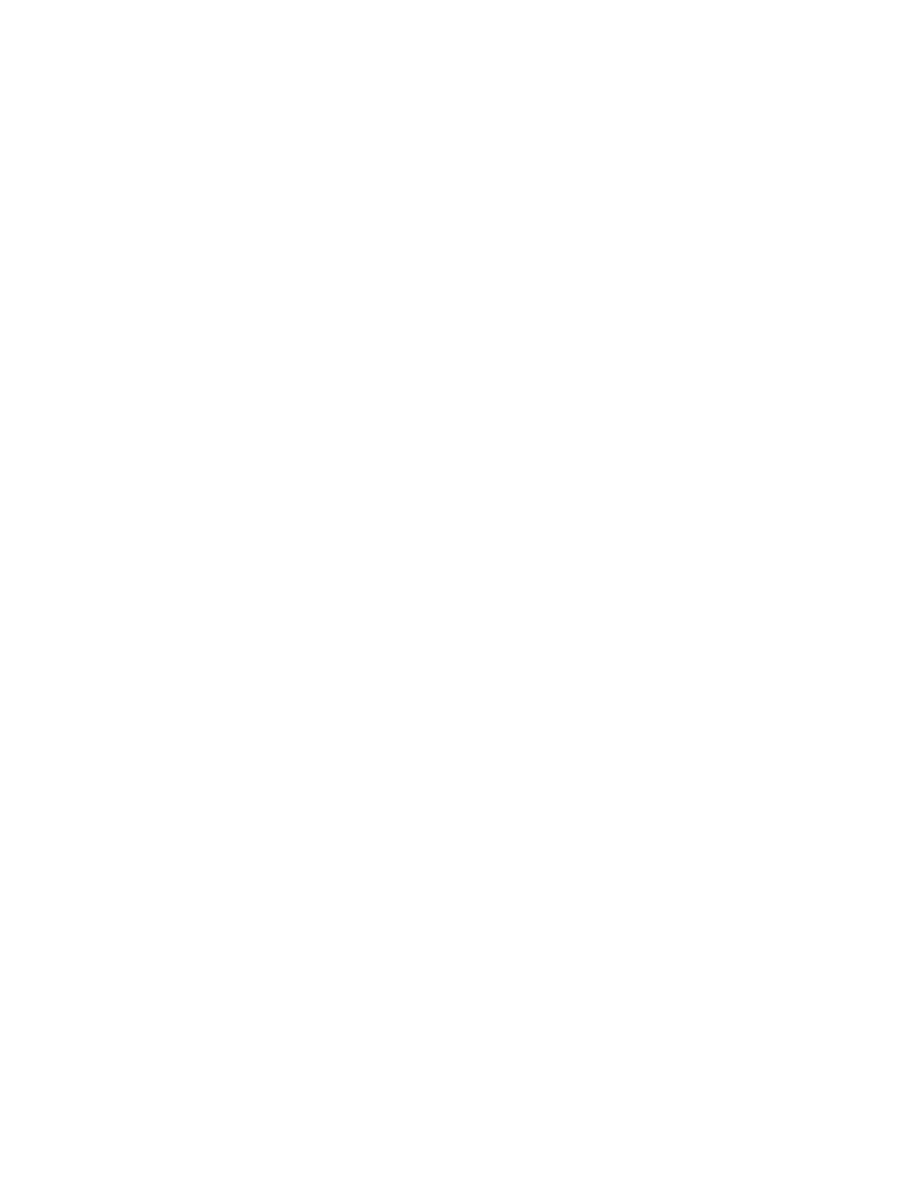
197
Federal Aviation Administration, DOT
§ 121.441
(2) Consist of at least one flight over
a part of a Federal airway, foreign air-
way, or advisory route over which the
pilot may be assigned.
[Doc. No. 9509, 35 FR 96, Jan. 3, 1970, as
amended by Amdt. 121–143, 43 FR 22642, May
25, 1978; Amdt. 121–253, 61 FR 2612, Jan. 26,
1996; Amdt. 121–344, 74 FR 34235, July 15, 2009;
Amdt. 121–359, 77 FR 34785, June 12, 2012]
§ 121.441 Proficiency checks.
(a) No certificate holder may use any
person nor may any person serve as a
required pilot flight crewmember un-
less that person has satisfactorily com-
pleted either a proficiency check, or an
approved FFS course of training under
§ 121.409, as follows:
(1) For a pilot in command—
(i) Before March 12, 2019,
(A) A proficiency check within the
preceding 12 calendar months and,
(B) In addition, within the preceding
6 calendar months, either a proficiency
check or the approved FFS course of
training.
(ii) Beginning on March 12, 2019,
(A) A proficiency check within the
preceding 12 calendar months in the
aircraft type in which the person is to
serve and,
(B) In addition, within the preceding
6 calendar months, either a proficiency
check or the approved FFS course of
training.
(2) For all other pilots—
(i) Within the preceding 24 calendar
months either a proficiency check or
the line-oriented flight training course
under § 121.409; and
(ii) Within the preceding 12 calendar
months, either a proficiency check or
any FFS training course under § 121.409
(b) Except as provided in paragraphs
(c) and (d) of this section, a proficiency
check must meet the following require-
ments:
(1) It must include at least the proce-
dures and maneuvers set forth in ap-
pendix F to this part unless otherwise
specifically provided in that appendix.
(2) It must be given by the Adminis-
trator or a pilot check airman.
(c) An approved FFS or FTD may be
used in the conduct of a proficiency
check as provided in appendix F to this
part.
(d) A person giving a proficiency
check may, in his or her discretion,
waive any of the maneuvers or proce-
dures for which a specific waiver au-
thority is set forth in Appendix F of
this part if the conditions in para-
graphs (d)(1) through (3) of this section
are satisfied:
(1) The Administrator has not specifi-
cally required the particular maneuver
or procedure to be performed.
(2) The pilot being checked is, at the
time of the check, employed by a cer-
tificate holder as a pilot.
(3) The pilot being checked meets one
of the following conditions:
(i) The pilot is currently qualified for
operations under this part in the par-
ticular type airplane and flightcrew
member position.
(ii) The pilot has, within the pre-
ceding six calendar months, satisfac-
torily completed an approved training
curriculum, except for an upgrade
training curriculum in accordance with
§§ 121.420 and 121.426, for the particular
type airplane.
(e) If the pilot being checked fails
any of the required maneuvers, the per-
son giving the proficiency check may
give additional training to the pilot
during the course of the proficiency
check. In addition to repeating the ma-
neuvers failed, the person giving the
proficiency check may require the
pilot being checked to repeat any other
maneuvers he finds are necessary to de-
termine the pilot’s proficiency. If the
pilot being checked is unable to dem-
onstrate satisfactory performance to
the person conducting the check, the
certificate holder may not use him nor
may he serve in operations under this
part until he has satisfactorily com-
pleted a proficiency check.
(f) Deviation authority based upon
designation of related aircraft in ac-
cordance with § 121.418(b) of this part.
(1) The Administrator may authorize
a deviation from the proficiency check
requirements of paragraphs (a), (b)(1),
and (c) of this section based upon a des-
ignation of related aircraft in accord-
ance with § 121.418(b) of this part and a
determination that the certificate
holder can demonstrate an equivalent
level of safety.
(2) A request for deviation from para-
graphs (a), (b)(1), and (c) of this section
